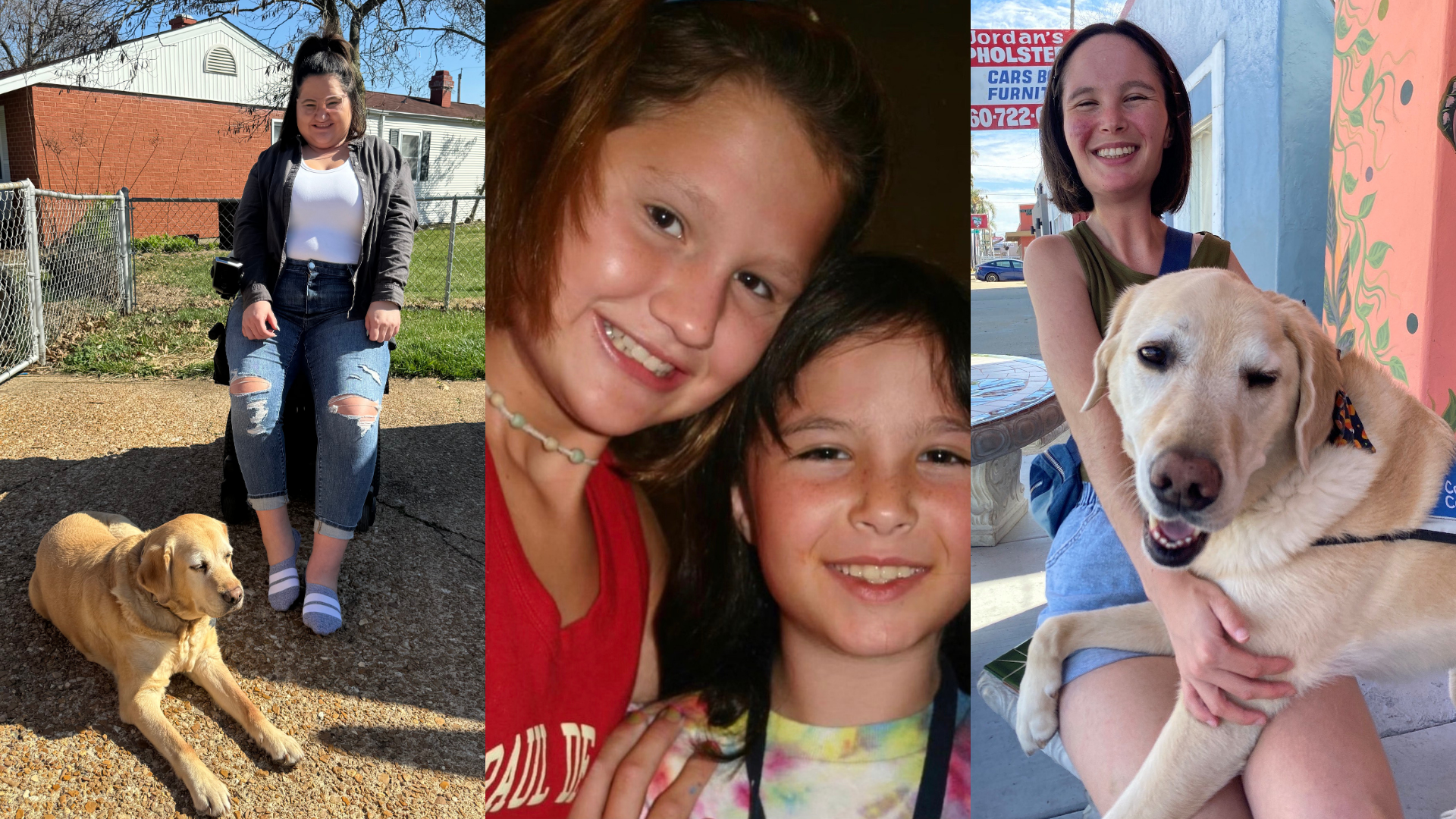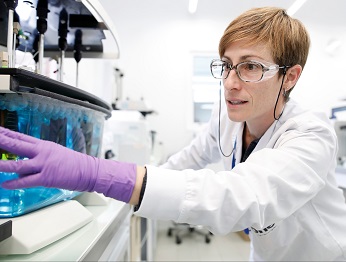Cholestasis: The complicated full body impact

Rafael Sierra, Ph.D., Vice President of U.S. Rare Disease Medical Affairs at Ipsen shares his perspectives about the impacts of rare cholestatic liver diseases.
The liver, while the largest solid internal organ in the human body, is incredibly complex with considerable gaps in our scientific understanding. Like other organs, the liver has a wide range of functions and its utility spans multiple systems, including filtering blood, producing bile to aid digestion, storing nutrients, metabolizing medicines and toxins, and regulating blood sugar levels. In short, it is vital to the processing of nutrients and waste.
Unfortunately, there is often a stigma associated with liver disease. People may assume all diseases impacting the liver are caused by the overconsumption of drugs and alcohol. While it can be one cause of liver disease, there are other causes, such as autoimmune responses, genetic predispositions and environmental factors. The stigma and negative perceptions around preventable liver diseases create a challenge we can collectively address by raising awareness.
There are many chronic and even genetic liver conditions that, because of the liver’s important role in the body, can also result in other systemic effects. One classification of conditions is cholestatic liver disease – or when the flow of bile from the liver is reduced or blocked. Cholestatic liver diseases are progressive, meaning that they can worsen over time, and can lead to liver failure. Some types of rare cholestatic liver diseases include:
- Alagille syndrome (ALGS), which is a multi-organ syndrome that can lead to serious health complications related to the heart, liver, kidneys and blood vessels
- Biliary atresia (BA) is frequently diagnosed in infancy and requires early intervention to allow bile to flow from the liver to the intestines
- Primary biliary cholangitis (PBC) causes cholestasis and chronic inflammation that can lead to irreversible scarring of the liver and destruction of the bile ducts inside the liver
- Primary sclerosing cholangitis (PSC) affects the bile ducts inside and outside the liver, and is associated with inflammatory bowel disease
- Progressive familial intrahepatic cholestasis (PFIC) has multiple genetic subtypes and impacts the body’s ability to remove bile from the liver
Beyond the liver
While some symptoms of rare cholestatic liver diseases are visible – jaundice (yellowing of the skin or eyes) or trauma from pruritus (itching) for example – there are invisible symptoms as well, like fatigue. Pruritus, while very common with all rare cholestatic liver conditions, can be misdiagnosed as a dermatological condition. Pruritus is not a surface level itch and is not relieved by scratching or typical dermatological remedies.
“In clinical studies for those living with PFIC and ALGS, we evaluate improvement in pruritus scores using first-hand assessments by individuals in the study or observations from their caregivers,” shares Rafael Sierra, Ph.D., Vice President, Head of Medical Affairs, Rare Diseases, Ipsen North America. “This feedback helps us better understand severity of the itch.”
Symptoms of fatigue and brain fog can also have an impact on daily life. For example, up to 80% of people living with PBC experience fatigue, impacting overall quality of life.1 People living with PBC have shared in their experience they may often build a nap in their schedule each day, leave their jobs or pivot to a part-time role, or plan in advance for how to manage their schedules around their fatigue to conserve energy each day.
“In PBC clinical studies, we also look at impacts on daily life, functional status and symptom burden, knowing how detrimental it may be for those experiencing fatigue or itching,” added Rafael. “These can be measured as patient-reported outcomes and used as an important result in the study by utilizing first-hand feedback and responses shared by patients.”
In addition to severe itching and fatigue, cholestasis of the liver can have an impact on the full body and lead to various symptoms. Bile acid production plays a role in our body’s digestive system, which can cause indigestion or abdominal pain.
Liver disease can impact all ages, from newborns to older adults. For some rare cholestatic liver diseases, there is a genetic connection with a parent sharing the condition or in other cases, there may be multiple family members living with a different liver disease or autoimmune condition. Still, some rare liver diseases are thought to be caused by environmental triggers. Despite unknown causes, it’s important to understand if there is a known family history of liver disease.
“By listening and learning, we can better care for the community and have a positive impact on those who might be diagnosed in the future – aiming for a shorter path to diagnosis with more treatment options,” said Rafael. “Ipsen remains committed to better understanding how we can help improve the lives of people living with and the families of those with rare cholestatic liver diseases.”

NON-US-003938 December 2024.









